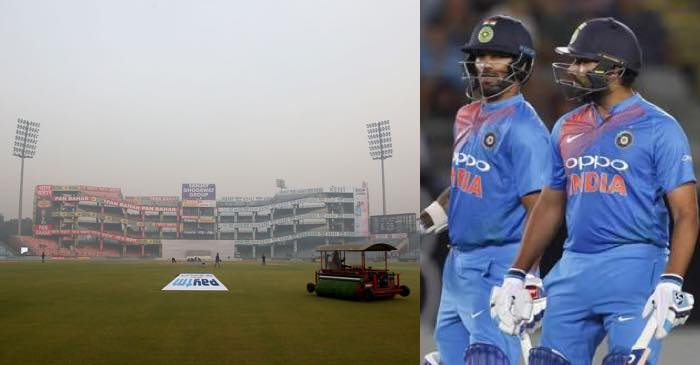The widespread air pollution in the National Capital Region (NCR) has become a threat ahead of the first T20I between India and Bangladesh at the Arun Jaitley Stadium on November 3.
Back in December 2017, the Sri Lankan team was left gasping for breath during a Test match at the same venue, forcing most of their players to wear protective masks even as some fell ill.
However, the rotation policy followed by the BCCI and the travel route for the visiting team forced the Indian cricket board to schedule the series opener in Delhi.
The air quality in the national capital turned “hazardous” on Monday (October 28) morning, a day after revelers defied the Supreme Court-enforced two-hour limit for bursting crackers on Diwali. At 7 am, Delhi’s overall air quality index stood at 506, according to the government’s air quality monitor, SAFAR. Earlier, around 4 am, the AQI touched 999.
An AQI between 0-50 is considered “good”, 51-100 “satisfactory”, 101-200 “moderate”, 201-300 “poor”, 301-400 “very poor”, and 401-500 “severe”. Above 500, it comes under “severe-plus emergency” category.
Due to the nightmarish experience and lousy publicity following the Sri Lanka game, there are questions as to why the BCCI didn’t do away with the rotation policy as far as Delhi is concerned.
“The travel itinerary has been chalked in such a manner that Bangladesh will directly arrive in Delhi and exit the country from Kolkata. We wanted to make the traveling convenient that it starts from North, goes to West (Nagpur, Rajkot, Indore), and finishes in the east (Kolkata),” a BCCI official was quoted as saying by Sportstar.
It is expected that both India and Bangladesh teams will be asked to carry face masks in case the need arises.
